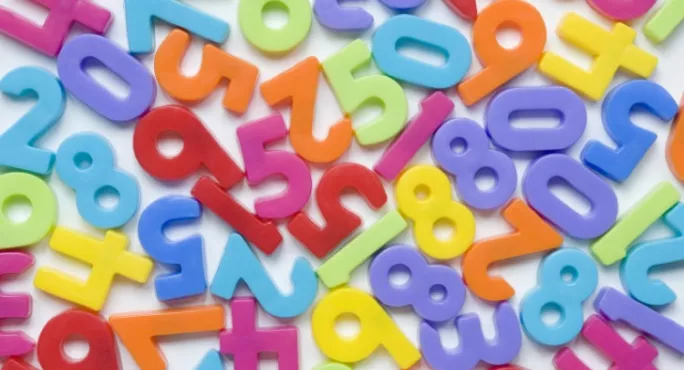- Home
- 4 fun and easy ways to demystify primary school maths
4 fun and easy ways to demystify primary school maths

How many times have you ever heard an adult stating, almost proudly, that they are awful at maths?
How has such a core skill become so vilified that hatred of the subject can be taken on wholesale?
As teachers, we have seen the effects on students who shun maths. There is a wall that appears as soon as maths or numeracy is mentioned and teaching becomes an uphill battle for everyone involved.
Tackling maths anxiety at primary school
Schools must not let this anti-maths culture permeate and counter such views. Here are four ways we can do just that:
1. Involve parents
As noted, resistance to maths can begin long before a child arrives at school via parents who do not feel confident about maths or the methodology used in schools to teach it.
This issue can be even harder when how parents expect maths to be taught can vary between cultures.
However, engaging with parents is a great way to overcome this.
One way we have done this is to hold year group-specific maths workshops for parents where we talk through the core maths objectives for the year, the methodology and the philosophy behind the teaching.
Parents who had been flummoxed by, for example, the clunky expansion addition method came to see how this technique was used to build understanding rather than efficiency.
This meant they were much more confident to support their children doing calculations the “English way”. Even if you’re not in an international school, helping parents to understand how maths is being taught and how they can support their children can work wonders.
2. Create a maths-positive environment
Maths is a way of understanding the world but data, statistics and numeracy are often underused ways to communicate information.
Just as we seek to build up literacy at every opportunity, numeracy can be woven into almost any discussion.
What fraction of students are here today? How many years ago was the Golden Age of Greece? How many books do we think are in our library? How could we estimate that?
Even if these questions are small but constant, maths will gain more legitimacy as a way to understand the world, not as the subject we do on squared paper once a day.
The environment should be maths-rich, as well. How many numbers, graphs or pieces of data do we include, for example, on school newsletters?
Or could your displays include a tally or bar graph showing how many colours are used and how often? Or could we calculate the average number of words written for texts displayed on a story wall?
Little changes like this can have a big impact.
3. Showcase real-life maths use
One issue maths can have is that it doesn’t seem to link to many obvious real-world uses. However, this can be easily overcome.
One successful project we did had students interviewing adults to find out where they used maths in their life: from their job to managing budgets or deciding how much petrol to put in the car.
We then asked students to share what they discovered so the classes’ group understanding of how widely maths is used in real life was increased hugely, and all with links to the real world. You could even ask a parent in to talk about how they use maths in real life.
Another great task we set was to ask students to engage in a maths audit over a week to see how often maths was used in their life.
Students were increasingly excited to come up with ever more creative examples: cooking, decorating, party planning, travelling, timetabling, sports time trials, probability in Monopoly and combinations of outfits and so on.
4. Build parallels with literacy
Maths can be harsh. Whereas literacy allows creativity and interpretation, numeracy tends to be right or wrong.
However, numeracy covers a huge range of skills: calculation, of course, but also logic, deductive and inductive reasoning, statistics, application of understanding, spatial and geometric awareness, pattern spotting, problem-solving and data analysis.
Slow recall of facts does not make a student “bad at maths” - in the same way that uneven spelling does not make a student “bad at writing”.
Creating opened-ended projects can help generate the idea of maths as a tool that is open to creativity and interpretation.
One example we used was to ask students to evaluate the popularity of canteen food. Different groups chose to: create surveys for students, tally the number of students choosing healthy options during lunch service and even weigh leftover food (in conjunction with the canteen staff, of course).
Work was presented in graphs and charts, with analysis of the information they collected. This gave children the chance to choose what they used, how they presented it and explain what it was showing - with no “wrong” choice. Instead, it was about their creativity and interpretation.
Overall, maths is a vital tool for understanding the world, and it is imperative that the stigma of maths is banished. Working together in a concerted way, with our communities, we can begin to break down barriers and demystify maths.
Jennie Devine has worked in international teaching for 18 years, most recently as a principal at a school in Italy
Keep reading for just £1 per month
You've reached your limit of free articles this month. Subscribe for £1 per month for three months and get:
- Unlimited access to all Tes magazine content
- Exclusive subscriber-only stories
- Award-winning email newsletters



